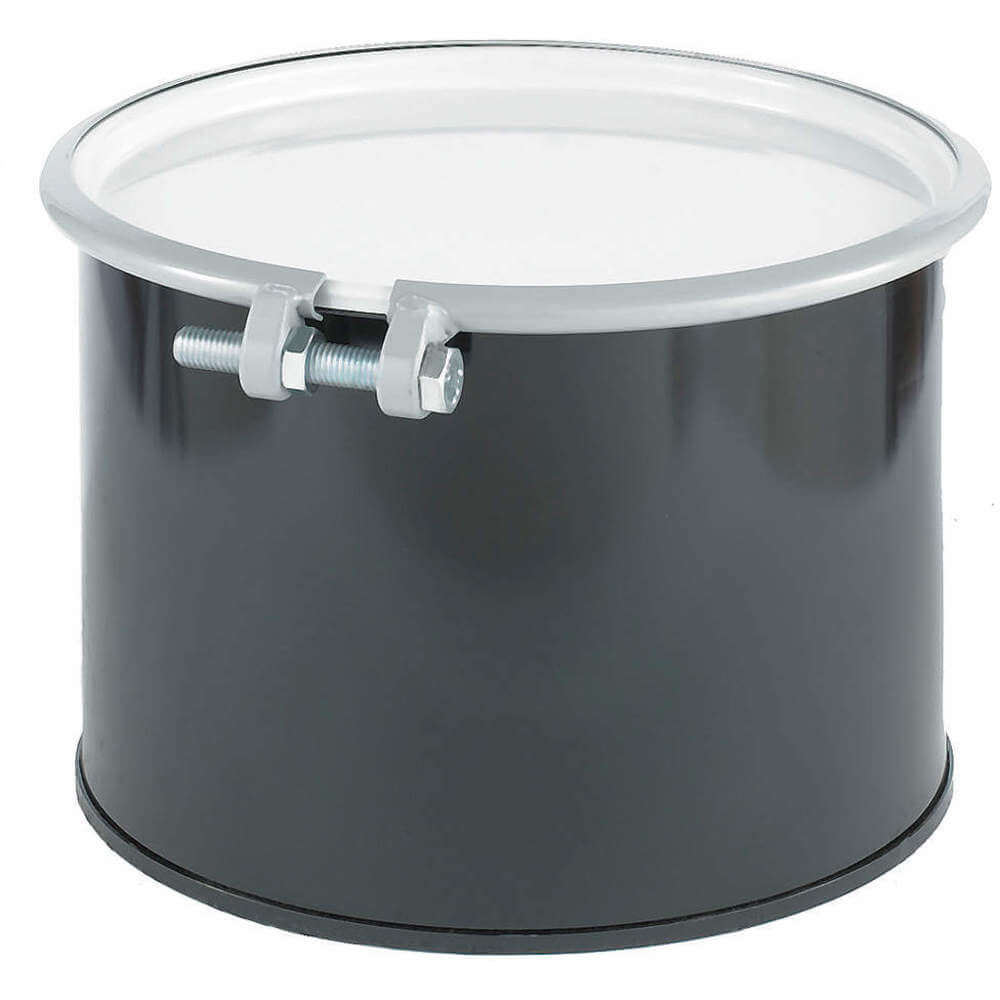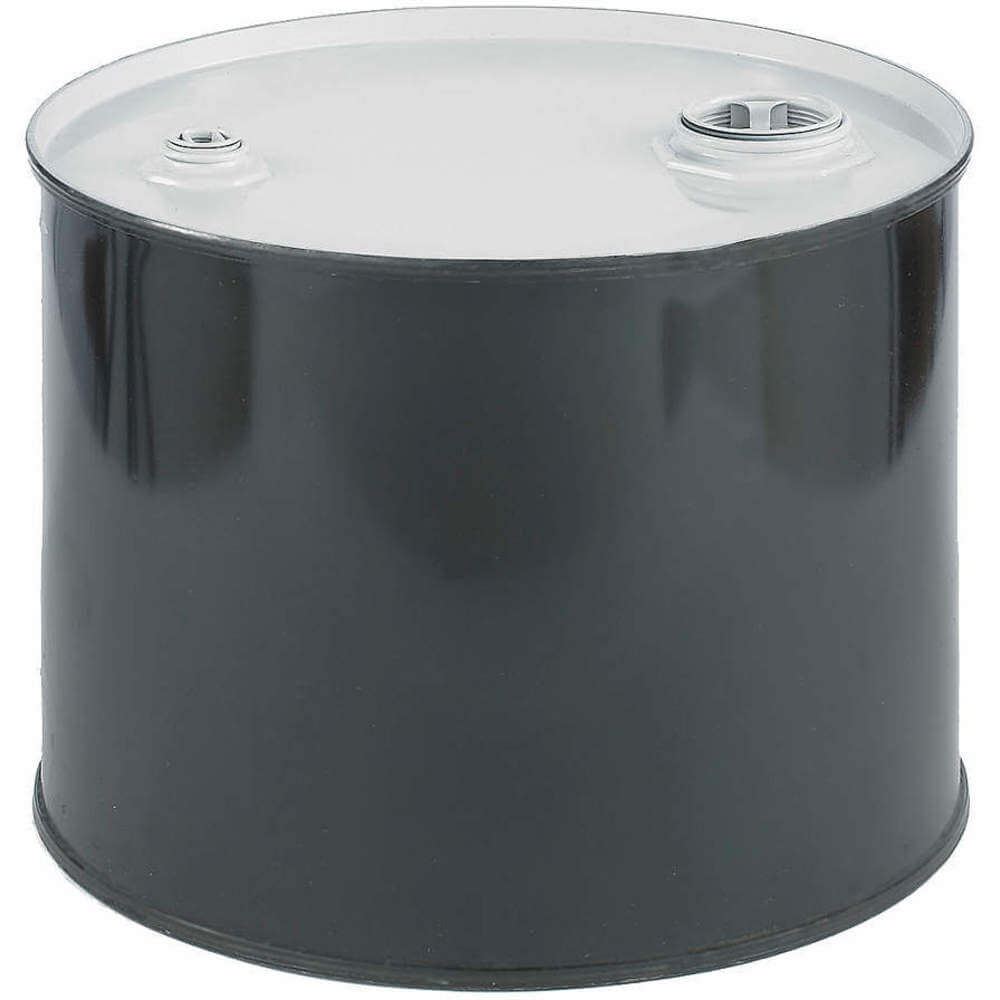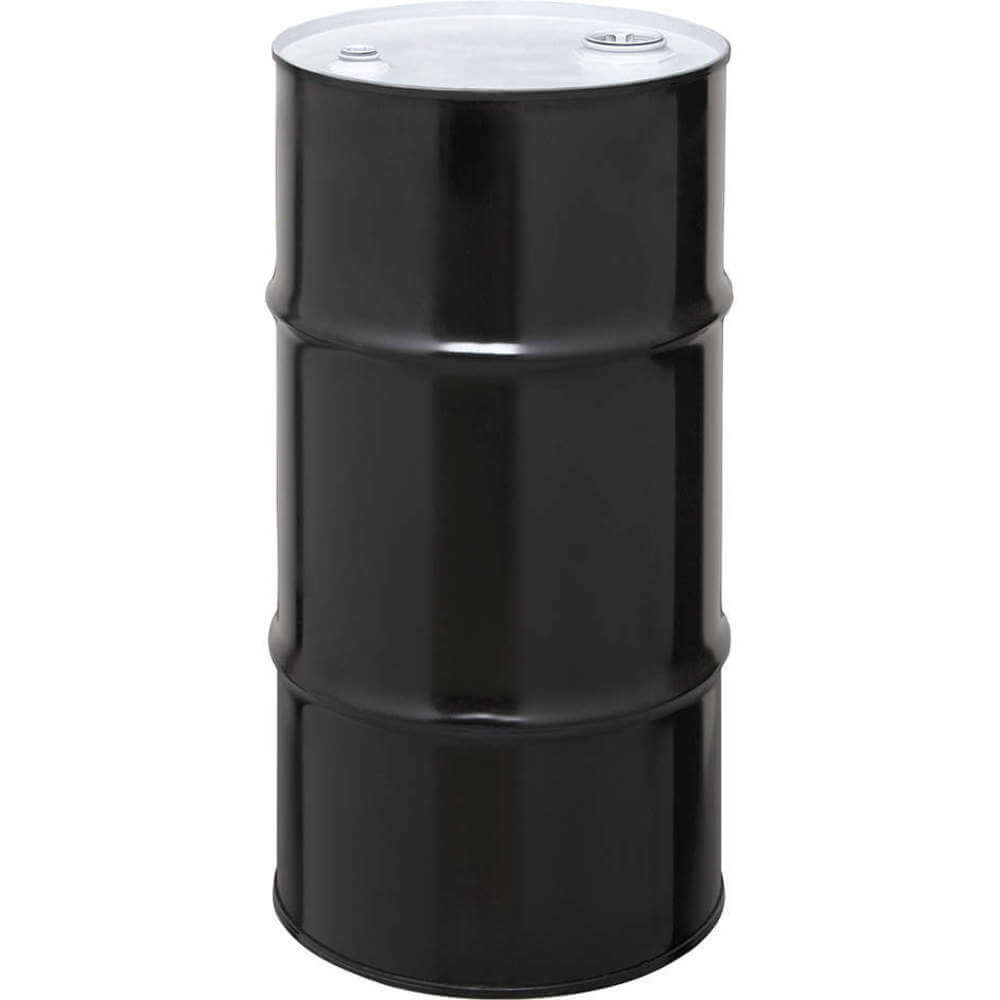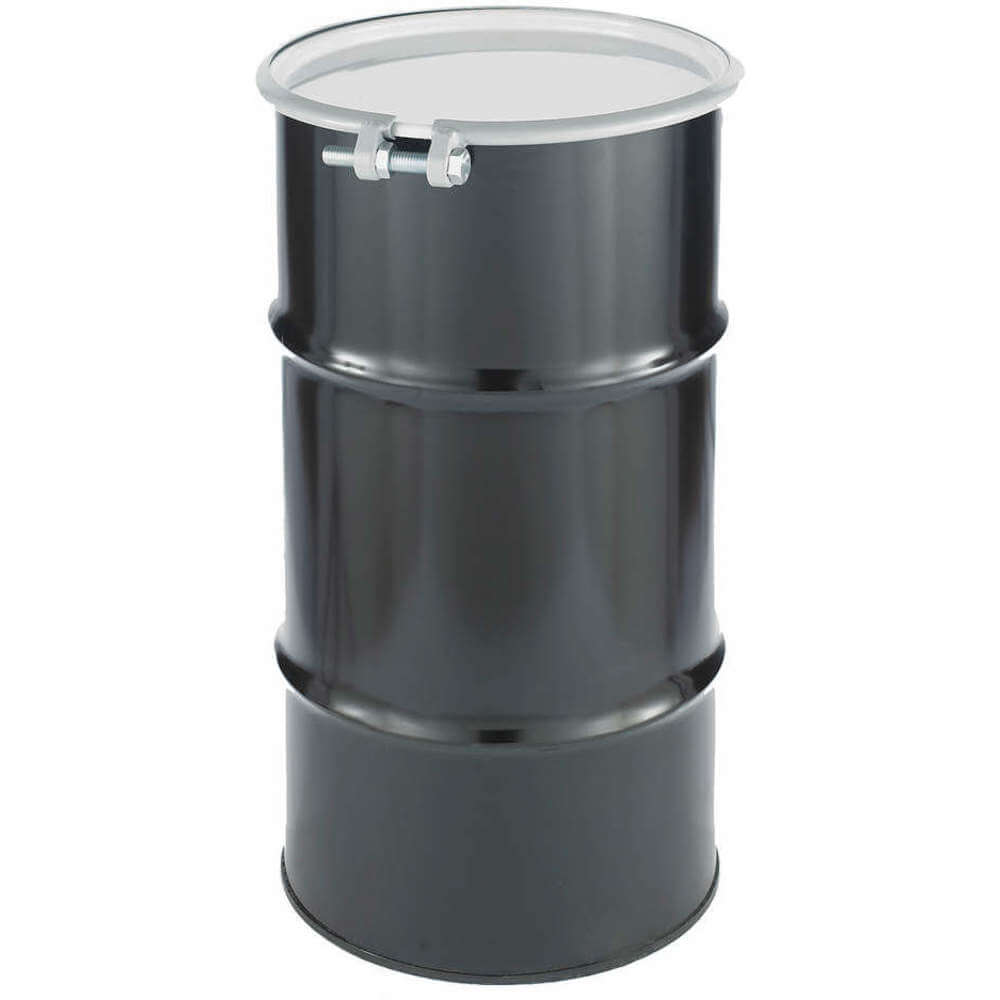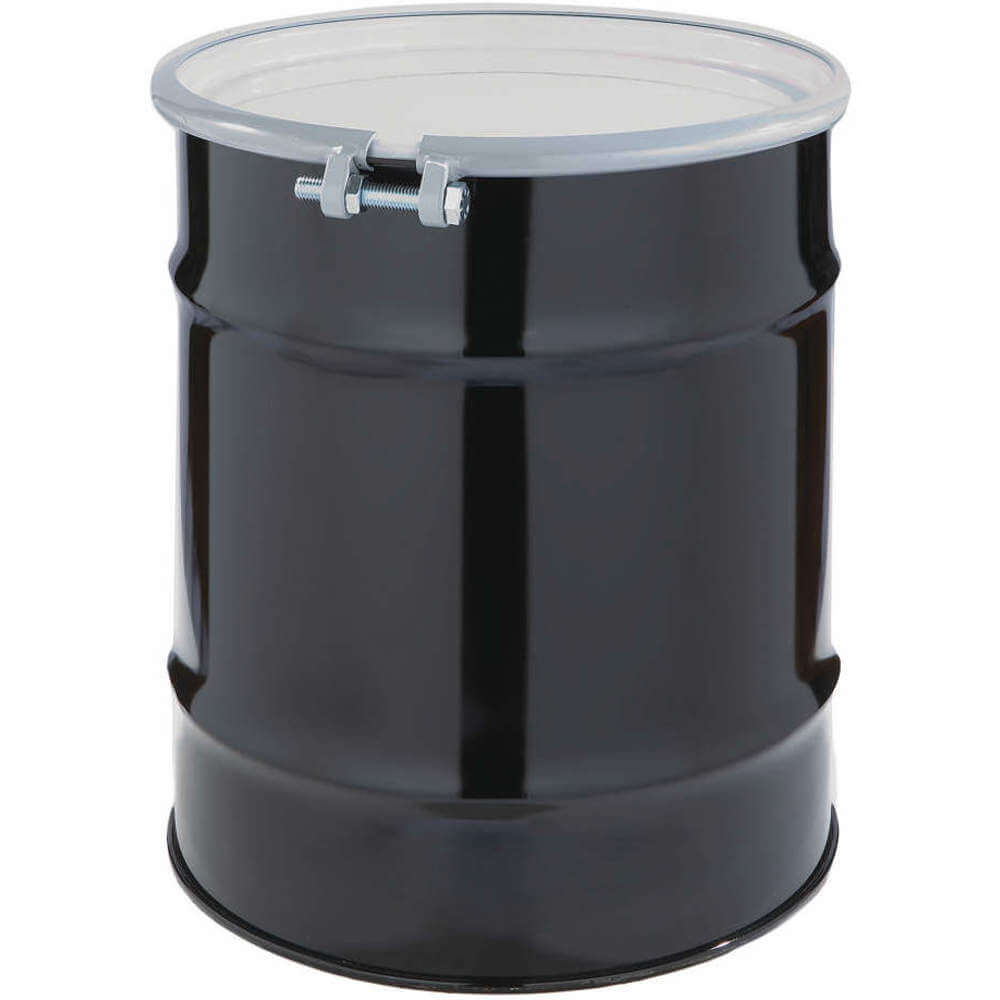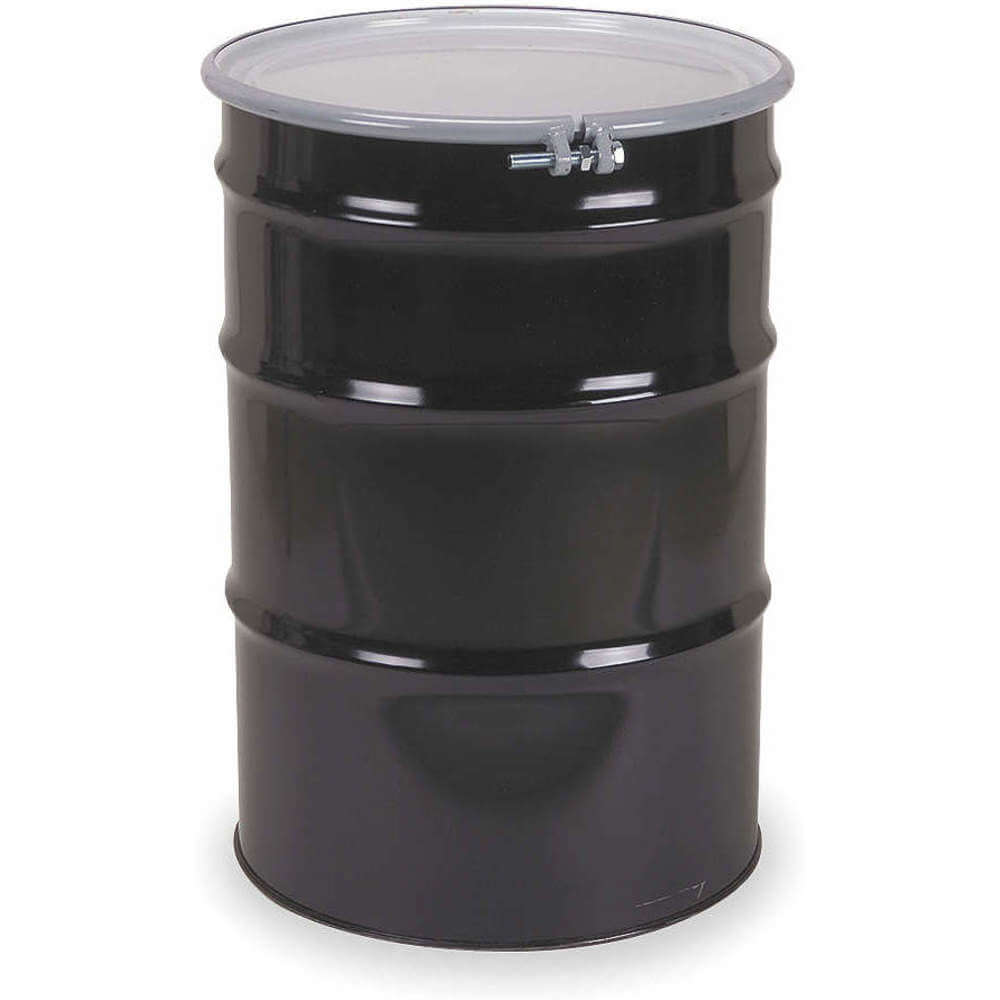Skolnik HM11001 salvage drum or transport drum is used for storing and transporting liquids, powder materials and even hazardous materials.
Features:
- Skolnik HM11001 salvage drum comes with a bolt ring to prevent spilling.
- This open-head 110-gallon steel drum has EPDM fittings or gaskets.
- It is made of high-quality carbon steel for exceptional durability and corrosion resistance.
- This 110-gallon drum features a yellow-painted body and red colour exterior cover with a multilingual salvage drum logo in red.
Compatible Accessories:
- Skolnik NT5800 Hex Jam Nut: This UNC nut, located on the bolt ring, is tightened enough to prevent liquid spillage.
- Skolnik BT5845 Long Hex Head Bolt: It is used with the bolt ring for fitting and installation of the drum.
- Skolnik RB1112 Bolt Ring: It is used to replace the worn or broken bolt ring.
- Skolnik GE1101 Round Gasket: It features EPDM construction for extreme durability and is used for the perfect sealing of the drum.
- Skolnik P3015 Cover: It is designed for open-head drums for protecting the inner contents from dust and other contaminants.
- Skolnik LS1000 Logo Salvage Drum: It replaces the obsolete, erased or worn-out logos of the drums.
Standards and Approvals:
- ASTM A1008
- ASTM A568
- ASTM D1056
- CFR
- UN
Frequently Asked Questions:
Q. How do you transport a 110 gallon salvage drum?
A.
- Move your shoulder low & close to the drum.
- When you feel the drum reaching its balancing point, slowly advance while moving your legs.
- Put your hands & shoulder width apart when utilising the drag / pull technique.
- Shift your weight to your back foot while bracing the drum to keep it from slipping.
Q. What are the points to consider while transporting 110 gallon steel drums?
A.
- For transportation, the drums must be mounted on pallets and be critical when choosing pallets that can support the weight of the loaded drums.
- The drums shouldn't protrude over the edges of the pallets while being placed on the pallets. They ought to be a perfect fit on the outside.
Q. What is the difference between a gasket and a flange?
A. Under diverse operating situations having varying pressure and temperature ratings, flange gaskets provide a static seal between two flange faces. A gasket creates a seal to keep liquids and gases in place by filling the minuscule crevices and imperfections of the flange faces.
 Change Country
Change Country

